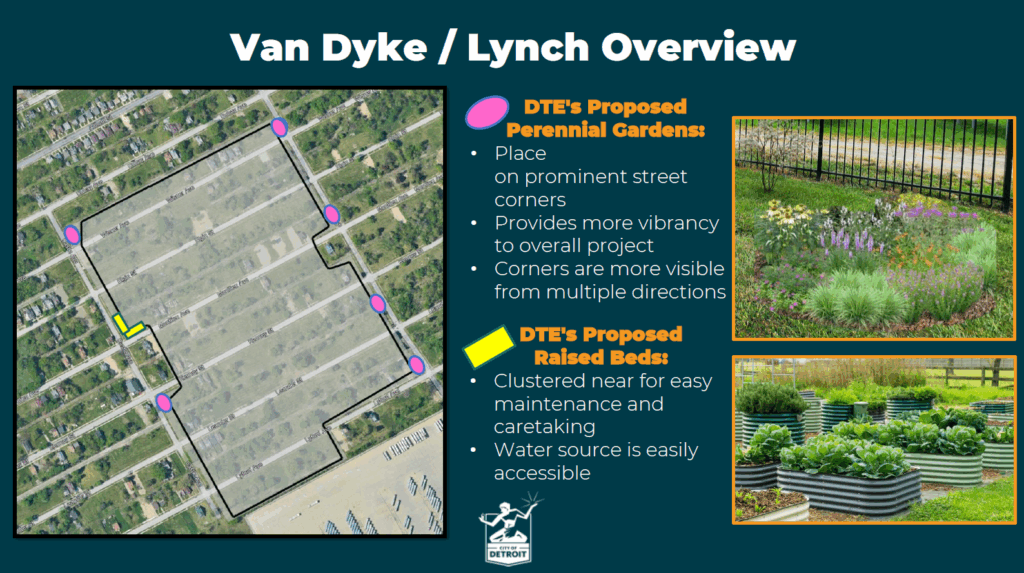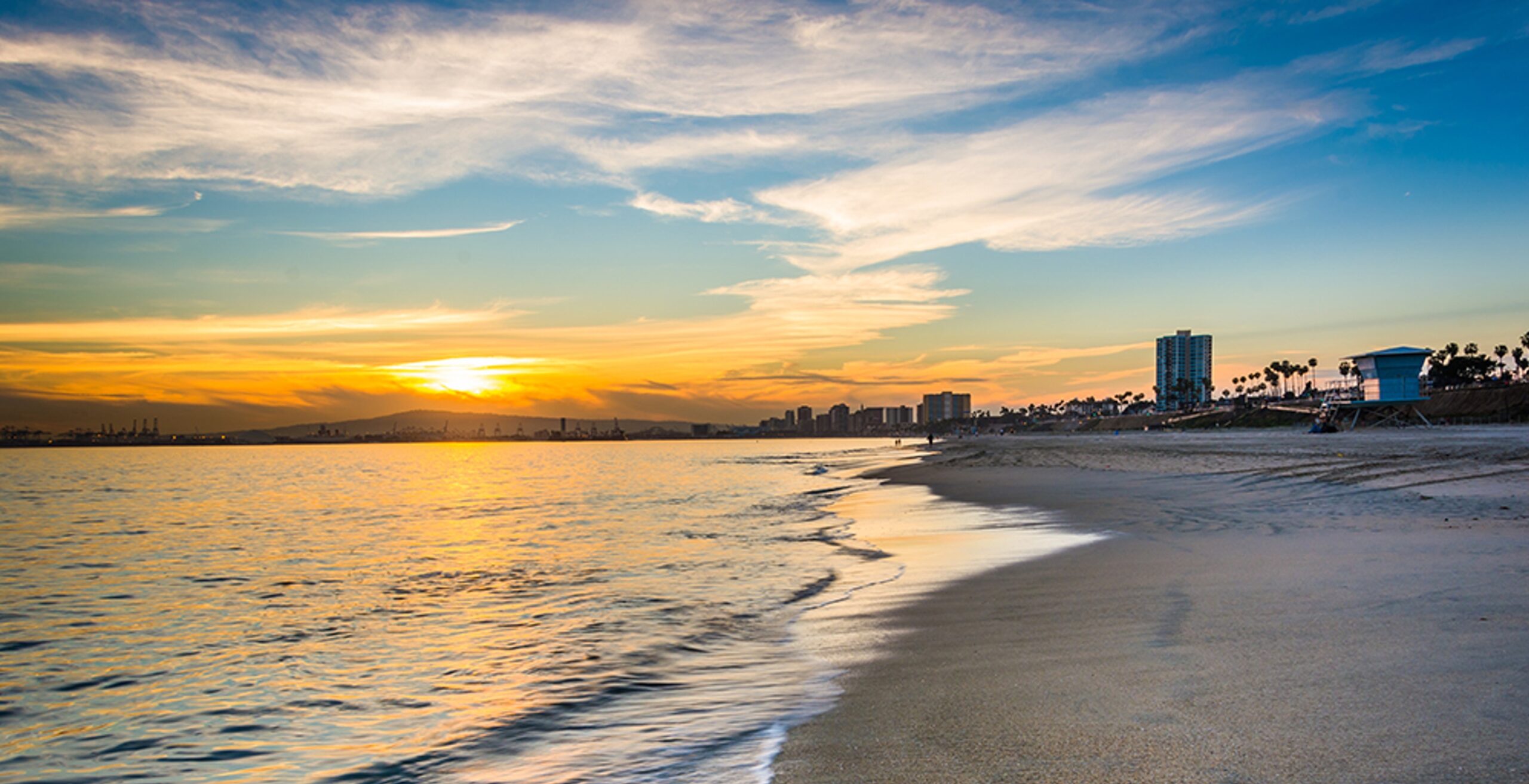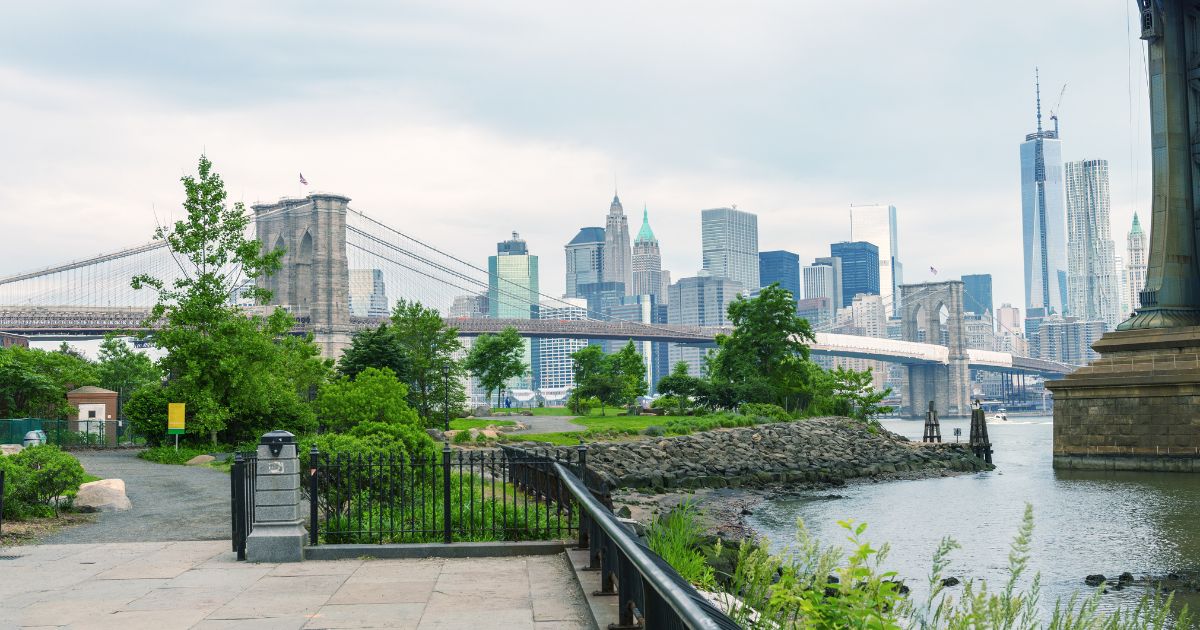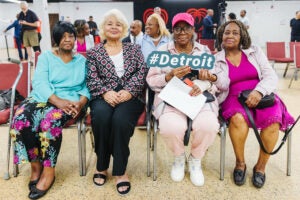
Detroit Showcases How Clean Energy and Community Benefits Go Hand-in-Hand
Written Q&A with Tepfirah Rushdan, Director of the Detroit Office of Sustainability, on the city’s solar neighborhoods project.
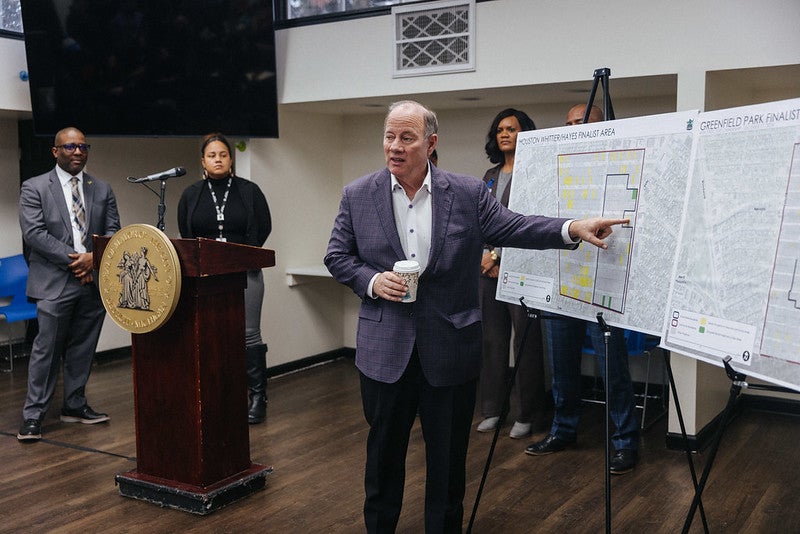
Detroit is modeling how to co-create clean energy solutions with communities by combining urban revitalization efforts with sustainability goals. The Motor City’s climate goals are ambitious: by 2034, Detroit aims to power 100% of its municipal buildings with clean energy and source 50% of its electricity from clean sources in the next three years. Along the way, the city is advancing a range of co-benefits, including improved public health, more energy efficiency and affordability, and quality jobs and opportunities.
As part of this strategy, Detroit‘s Office of Sustainability and Department of Neighborhoods are teaming up to implement the city’s Neighborhood Solar Initiative, which will build solar arrays on vacant land surrounded by communities that benefit from the repurposed space. Five neighborhoods were selected based on resident interest, and a total of 167 acres of land are being fitted with solar fields, raised gardening beds and other landscaping enhancements. Spearheaded by Mayor Mike Duggan and informed by input from thousands of Detroiters, the effort is one of the first steps to achieving the city’s larger climate goals. By providing clean energy and engaging residents and local nonprofits, Solar Neighborhoods will make new use of vacant areas and offer money-saving energy efficiency upgrades for surrounding homes.
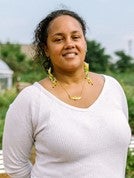
I spoke with Tepfirah Rushdan, Detroit’s Director of Sustainability, to learn more about the city’s Solar Neighborhoods, how communities have been involved during every step of the process and her advice for other local leaders looking to build more sustainable futures for their cities.
How does the Solar Neighborhoods project fit into Detroit’s larger climate and energy strategy?
The Solar Neighborhoods project is one of several strategies the City of Detroit is employing to address climate change and the one that has the most direct resident impact. By generating enough clean energy to power 127 city municipal buildings, we can offset that amount of fossil fuel usage. Unlike other cities, which build solar hundreds of miles away, Detroit is taking mostly vacant land in its own neighborhoods and putting it back to an important use that benefits the surrounding neighborhoods specifically, and the entire city more generally.
As a city, we also are investing significantly in conversion of our vehicle fleet to fully electric, hybrid and in some cases, hydrogen fuel cell powered vehicles. As part of our Climate Strategy, we are working to reduce the carbon footprint of our own facilities and will be requiring our larger privately owned buildings to take similar steps through Energy and Water Benchmarking ordinance.
We also are proud of our partnership with American Forest and others to plant 75,000 new trees in Detroit to help rebuild our tree canopy.
Why is community input important with this project?
Simply put, community input is what has driven this project from the beginning. Mayor Mike Duggan made it clear from the outset that solar fields would be placed only in neighborhoods that actively sought the opportunity and had overwhelming support from residents living there. This is contrary to how solar projects often are sited in other cities and states against the expressed wishes of nearby residents.
Most important to us is that every one of the remaining homeowner occupants living inside the planned solar array footprint voluntarily chose to accept offers to purchase their homes and to assist with relocation to a new home.
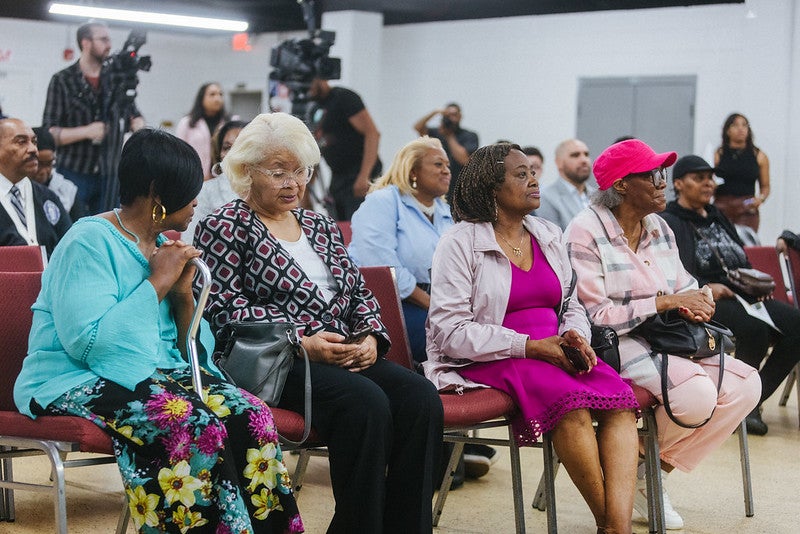
For the few that did not wish to leave, we simply redrew the boundary of the solar array to carve them out of it. Not only did this mean they would stay in their longtime home, but this change also put them in the community benefits area of the neighborhood, entitling them to thousands of dollars of energy efficiency upgrades to their home at no cost to them.
How are you ensuring communities’ desires and concerns are properly heard? How often – and in what ways – are you involving members of the community with this project?
Through our Department of Neighborhoods and Office of Sustainability, we conducted extensive community engagement process, to make sure every resident living in each of the solar neighborhoods fully understood the proposal and their options. We held numerous community meetings and also went door-to-door to make sure we reached each resident.
Our approach was to take as much time as necessary to make sure everyone’s questions were answered so they could make the decision that was best for them, their families and their neighborhood.
How has the input from community members shaped the different solar array lots? What will the final lots look like?
Community input has played a huge role in this project. It was community feedback that set us in the direction of creating a community benefits program for homeowners living in the solar neighborhood, but outside of the actual arrays. That was one of the biggest factors for generating neighborhood-wide support for the project.
Not only did neighbors decide for themselves if a solar array made sense for their neighborhood, they also drove the process on how they will look. Residents came together to design the appearance of the grounds inside and outside of the arrays.
They chose from decorative fencing options, perennials and ornamental trees to serve as attractive visual buffers, as well as flower meadows and/or agrivoltaics inside the arrays, and the results are stunning.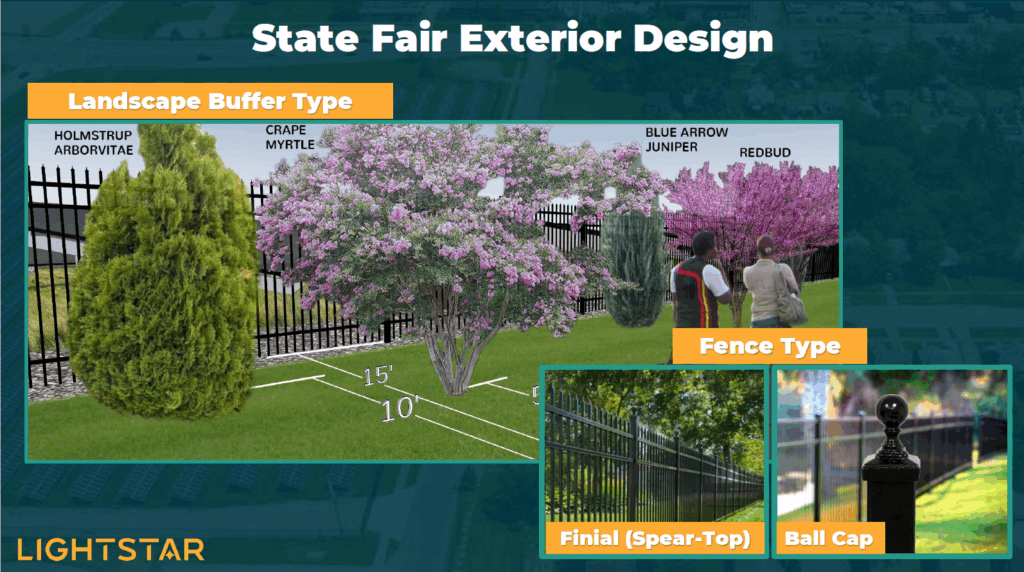
These graphics show the variety of the solar fields, with communities working with the developers to select the layouts that best met their needs, down to the types of plants and fencing that will be installed.
What other benefits will communities receive from the Solar Neighborhoods project?
The most obvious benefit of the Solar Neighborhoods initiative is the blight removal and putting large tracts of vacant land that had become an attractive nuisance for illegal dumping and other undesirable activity back to an attractive, productive and purposeful use. This alone, was important to residents in these neighborhoods who often felt they had been forgotten.
The more personal benefit will be felt by owner occupied homes in each Solar Neighborhood who stayed and live just outside of the arrays. Depending on the number of acres each neighborhood is producing in solar, each homeowner occupant will receive between $15,000 and $25,000 in energy efficiency upgrades to their homes to help reduce energy usage and help lower their energy costs. These upgrades recently began in our Phase One neighborhoods, where homeowners picked from a list of upgrades including new windows or a new roof, energy efficient furnaces and water heaters, or even their own solar panels.
What advice do you have for other local officials looking to build clean energy projects in their cities or towns?
Listen to residents because they are the ones who will be living with the result. We firmly believe that Detroit’s Solar Neighborhoods project was so enthusiastically supported because we let neighbors decide whether they wanted a solar array in their neighborhood and we took the time to understand and address their concerns.
For mayors and local officials interested in learning more about climate action plans or support with a current plan, our experts are here to assist cities in developing tailored climate action plans that align with community needs, providing access to resources and funding opportunities. Learn more by visiting: www.edf.org/localclimateaction.










